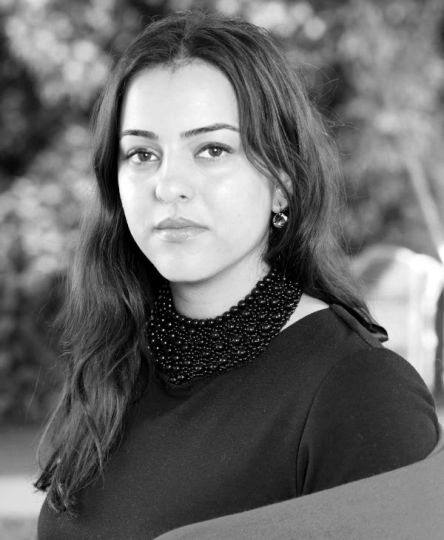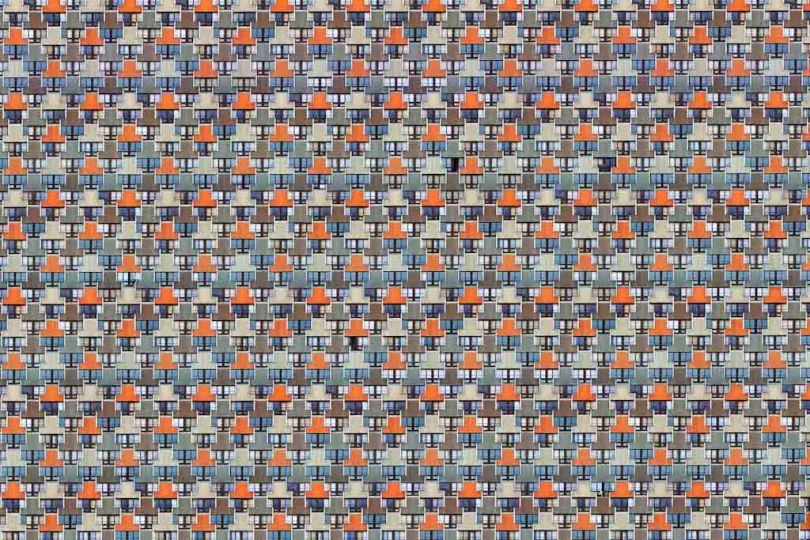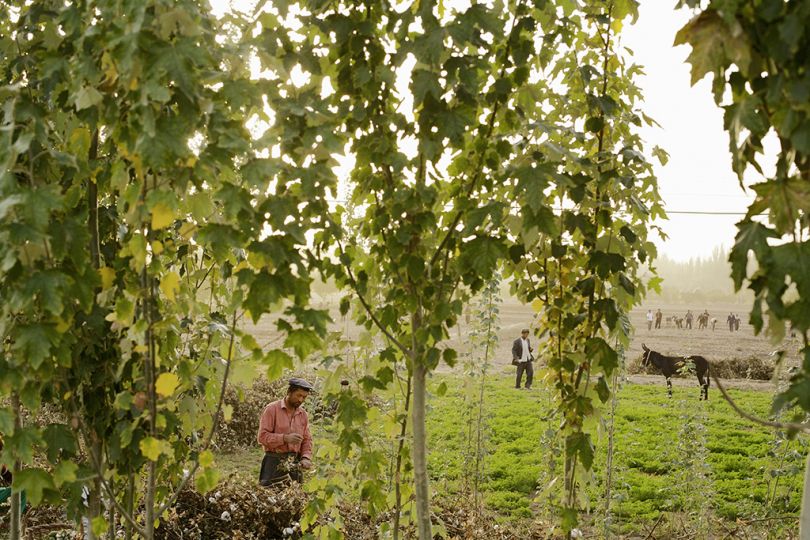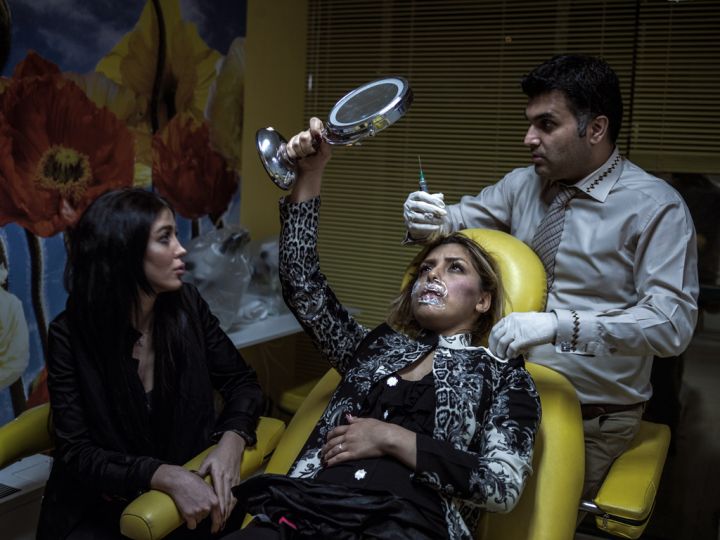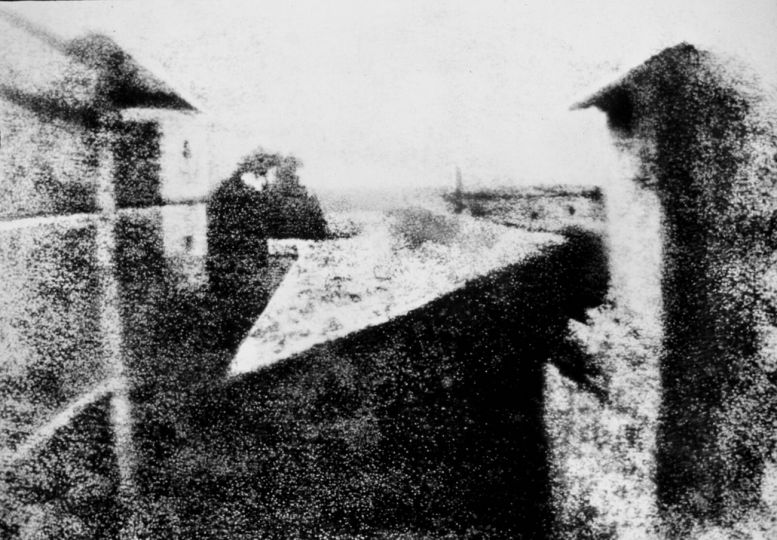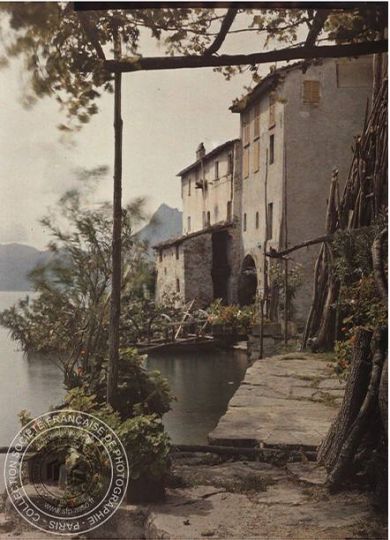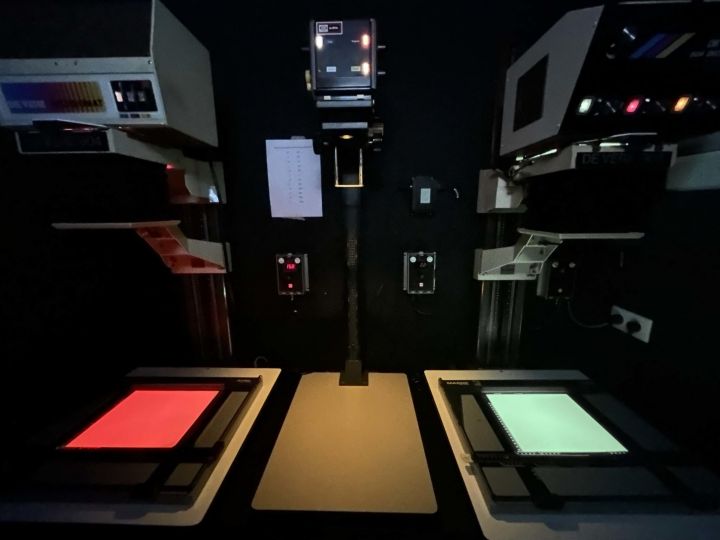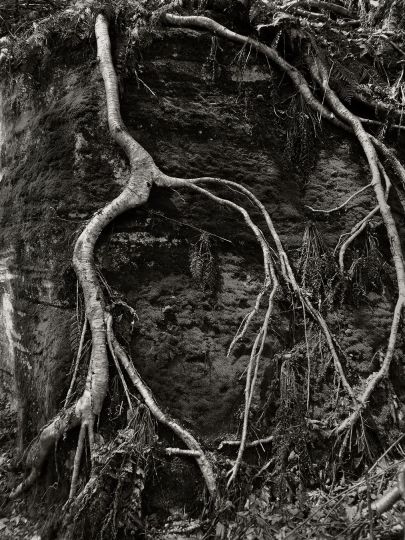From film-inspired Max Pinckers to war reporter Lorenzo Meloni, from Newsha Tavakolian’s insider’s view to the conceptual work of Richard Mosse, from the lyrical Carolyn Drake to the classic approach of Matt Black, the six Magnum nominees for 2015 cover the full range of current documentary trends. “This year’s selection is truly representative of Magnum, with the constant but complementary tension between journalism and art,” explains Antoine Kimmerlin, Editorial Manager at Magnum Paris. Reports are published across a variety of media, war photos are hung in galleries, the subjects themselves contribute to the narration, and the abstract throws light on to facts. “This selection demonstrates the agency’s dynamism, and our confidence in the future,” he adds.
These six photographers are bound to inspire the current generation of photojournalists. The image is breaking out from the boundaries of the newspaper and the conventional text/caption/photograph format. The subject now determines the form. In fact, sometimes it is the subject that narrates the image, for instance when Carolyn Drake travelled with a set of pens, scissors and glue so that the people photographed could add their own touch to her portraits. Books are often self-published and provide an alternative to the press or the web. Carolyn Drake experimented this to quite a radical degree with her first book, Two Rivers. The book becomes a space for narrative experimentation and there is a tendency to reject the compilation of images. It is also the preferred format of Max Pinckers, who has just founded an independent publishing house, Lyre Press. When he is working on a report, Pinckers will willingly stage a scene using cinematographic references to place his images in a social and cultural context.
They are all photojournalists but that label has not held them back. When reporting on the unseen reality of civil war in the Democratic Republic of Congo, Richard Mosse opted for infra-red film. His pink-tinted landscapes form the backdrop for what look like tin soldiers, illustrating the vehement manhunts that take place across the vast wooded savana of the country. Newsha Tavakolian was initially banned from working as a photojournalist by the Iranian regime, but this did not stop her from developing an even more accusatory artistic tone. Matt Black set off on an epic journey to record the traces left by drought in the American West. For him, the images couldn’t be anything but black and white – black and white with a dense grain that recalls the dust in these dramatic landscapes. As for Lorenzo Meloni, he deals with conflict through the soul, looking beyond mere facts. These are all refreshing examples for today’s storytellers who suffer from the changes affecting the industry but don’t dare to shake things up: that, however, is precisely what the profession wants.

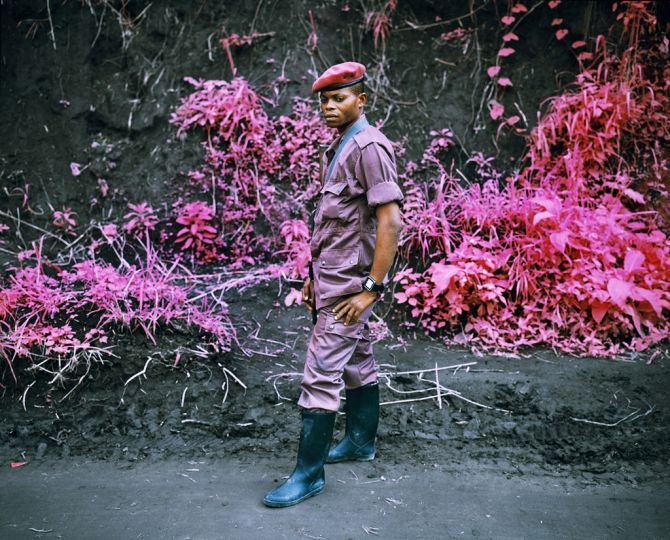









![SYRIA. Semalka Border. Rojava. Torin Khairegi, 18, in Zinar base. n--I joined YPJ about seven months ago, because I was looking for something meaningful in my life and my leader [Ocalan] showed me the way and my role in the society. We live in a world where women are dominated by men. We are here to take control of our own future. We are not merely fighting with arms; we fight with our thoughts. Ocalan's ideology is always in our hearts and minds and it is with his thought that we become so empowered that we can even become better soldiers than men. When I am at the frontline, the thought of all the cruelty and injustice against women enrages me so much that I become extra-powerful in combat. I injured an ISIS jihadi in Kobane. When he was wounded, all his friends left him behind and ran away. Later I went there and buried his body. I now feel that I am very powerful and can defend my home, my friends, my country, and myself. Many of us have been matryred and I see no path other than the continuation of their path.-- © Newsha Tavakoliann](https://cdn.loeildelaphotographie.com/wp-content/uploads/2015/08/Tavakolian-_1_-x540q80.jpg)

